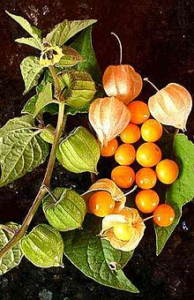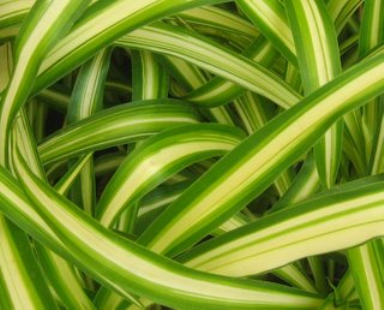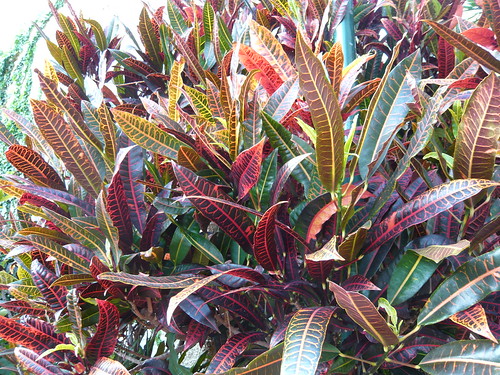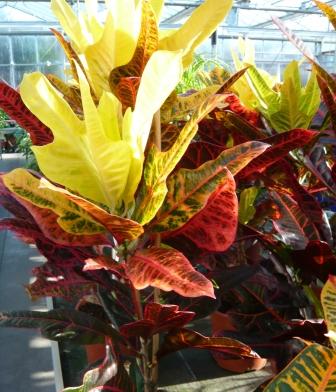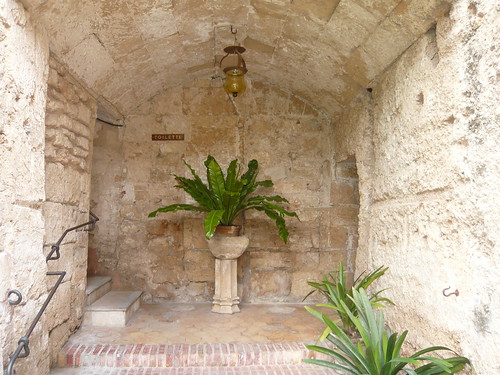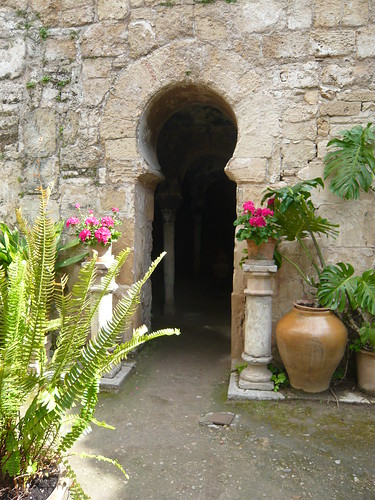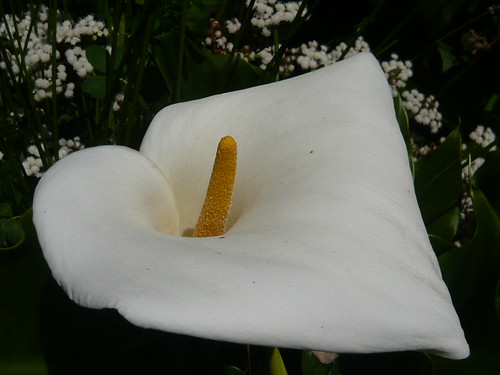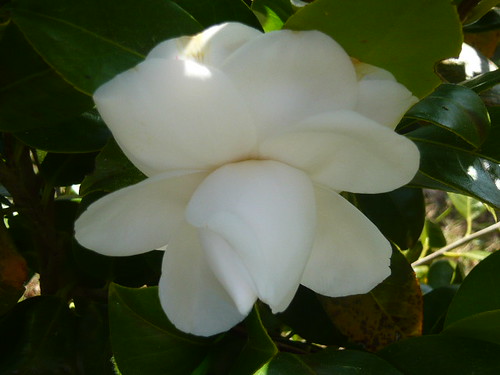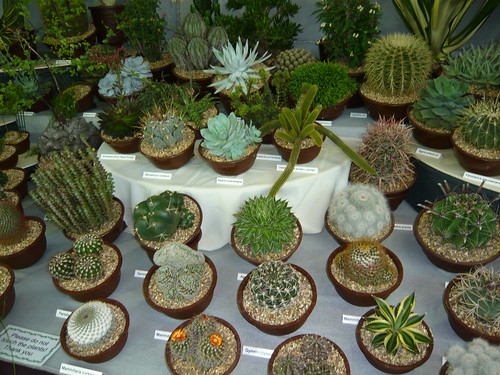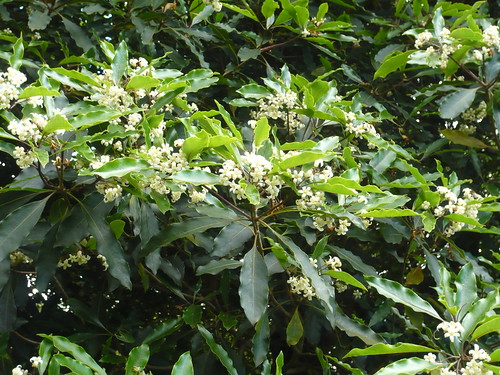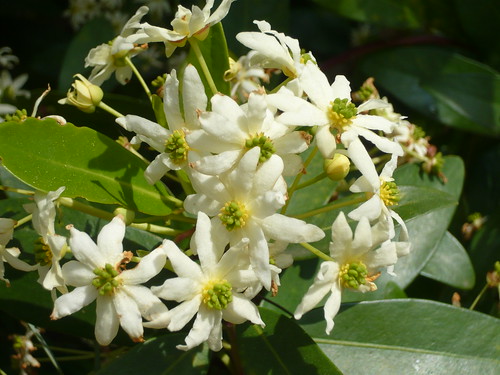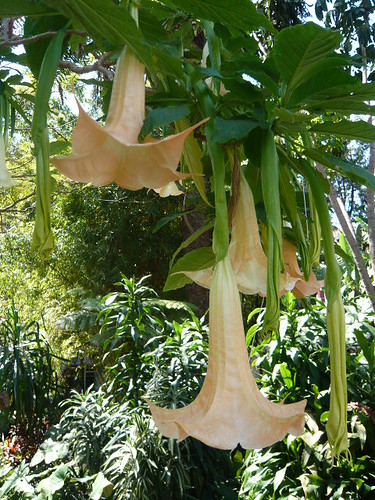Solanum Winter Cherry
It is the season for houseplants and this Solanum capsicastrum was raised from seed probably in a Dutch hothouse for the UK’s pre Christmas market.
What to do with your Winter Cherry
- Like most Solanums related to the nightshades these attractive berries are poisonous. Do not confuse them withthe edible Cape Gooseberries – Physalis peruviana that looks similar.
- Keep the plants in good light or the berries/fruit will fall off and leave the plant bare
- If your plant is in flower with insignificant white blossom mist spray to encourage the fruit to set. The green berries will then turn orange-red
- Keep the plants moist and regularly fed and the berries will remain for many months
- Compost the plant when the berries drop – they are not worth saving
- Other common names include Jerusalem Cherry or pseudocapsicum but they are not related to Cherry or Peppers
- Do not confuse with Indian winter cherry known as Indian Ginseng
Cape Gooseberries Physalis peruviana below
